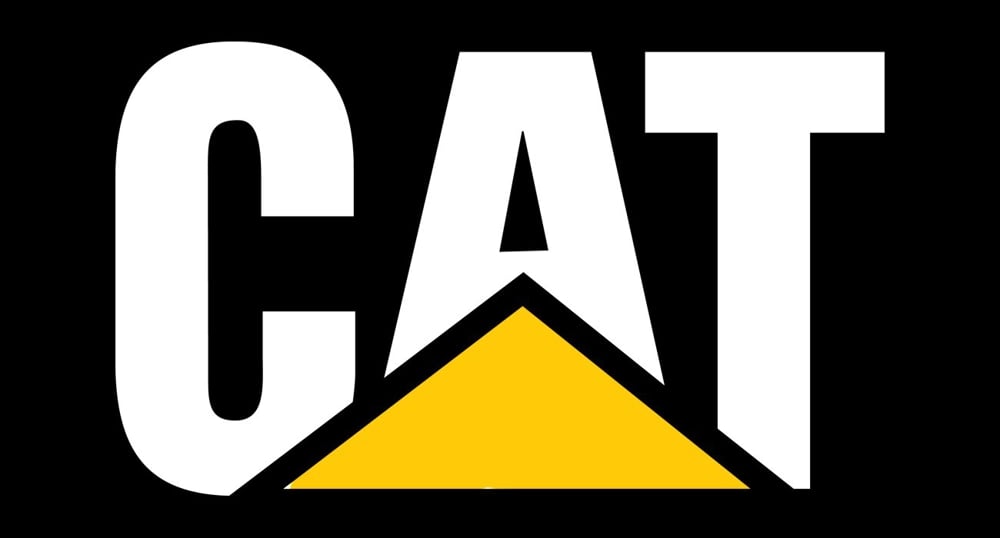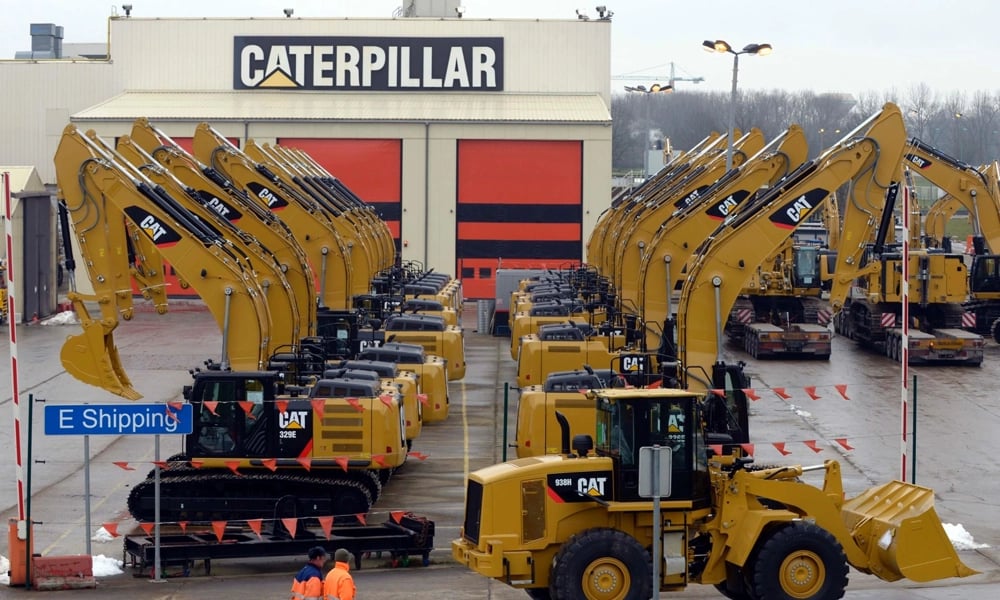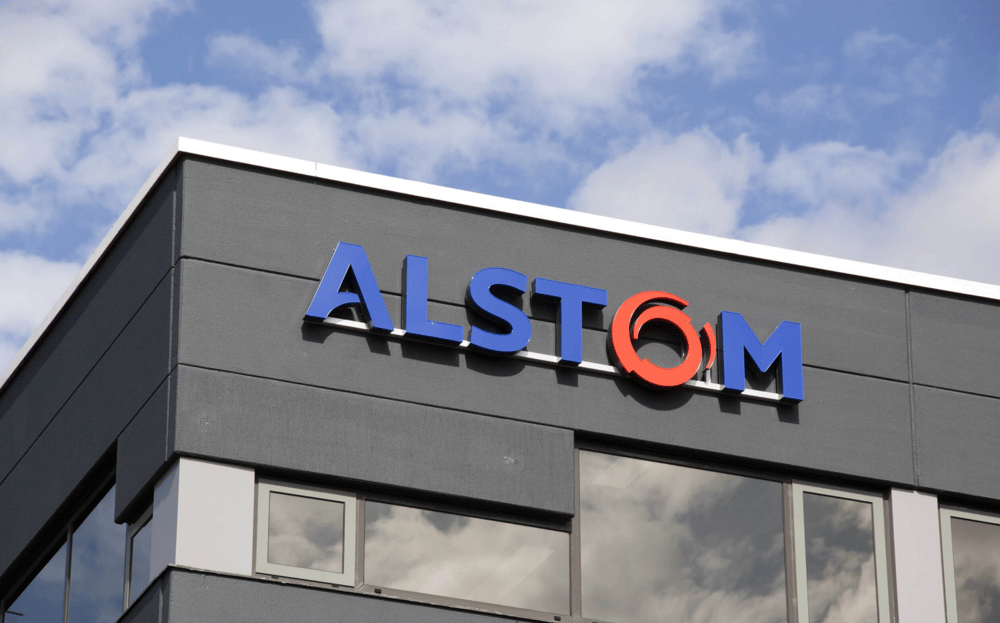Caterpillar Inc. Anticipates Slight Decrease in Sales Amid Economic Uncertainty
Caterpillar Inc. $CAT, a global leader in manufacturing construction and mining equipment, has released its financial results for the first quarter of the current year. In light of new economic challenges and ongoing tariff restrictions, the company has adjusted its forecasts for 2025, indicating a potential slight decline in sales.
Key Financial Results and Sales Expectations
Caterpillar's report revealed that profits for the first quarter fell short of analysts' expectations. However, the company emphasized that, barring any tariff influences, sales volume for the entire year is projected to remain at the same level as in 2024. This forecast reflects cautious optimism amidst the complexities faced by the global economy.
Caterpillar's management clearly identified the significant risks associated with the following conditions:
Continued tariff barriers;
The possible onset of a recession in the second half of the year.
If these scenarios come to pass, the company expects a slight decline in sales. Conversely, stabilization may be achieved if conditions improve.

Caterpillar's Significance to the Global Economy
Caterpillar has long established itself as a valuable indicator of global economic health. The company’s equipment is utilized across multiple key sectors:
Construction;
Mining;
Energy;
Transportation.
Given its extensive global reach and influence over infrastructure projects worldwide, Caterpillar's performance metrics are often viewed as a reflection of macroeconomic trends.
Market Performance of Caterpillar Shares
Despite the adjusted forecasts, Caterpillar’s stock showed positive movement. In pre-market trading on the New York Stock Exchange, shares surged by 2.2%. This market reaction indicates that investors remain optimistic about the company’s long-term growth prospects and its ability to adapt in unstable economic conditions.
Potential Scenarios for Future Developments
Recession Scenario. If the economy plunges into a downturn, demand for construction and mining equipment may decrease, directly impacting Caterpillar's sales despite ongoing innovations and business diversification.
Continued Tariff Scenario. Tariff restrictions continue to elevate operational costs and affect supply chains. In such circumstances, the company may face additional challenges in maintaining profitability.
Optimistic Scenario. Should tariffs be reduced or lifted and the economy avoid a recession, Caterpillar could retain its position and even increase sales through sustainable long-term contracts and market expansion.

Conclusion
The findings from the first quarter and Caterpillar Inc.'s forecasts reflect the myriad challenges facing the industrial sector amid global economic instability and tariff barriers. Despite some adverse factors, the company continues to employ a sound strategy and adaptability, as evidenced by the rise in stock prices during pre-market trading.
Overall, it is essential to recognize that Caterpillar is not just a machinery manufacturer but a company closely intertwined with global infrastructure processes, capable of reflecting trends and crises on a macro level.















Comments